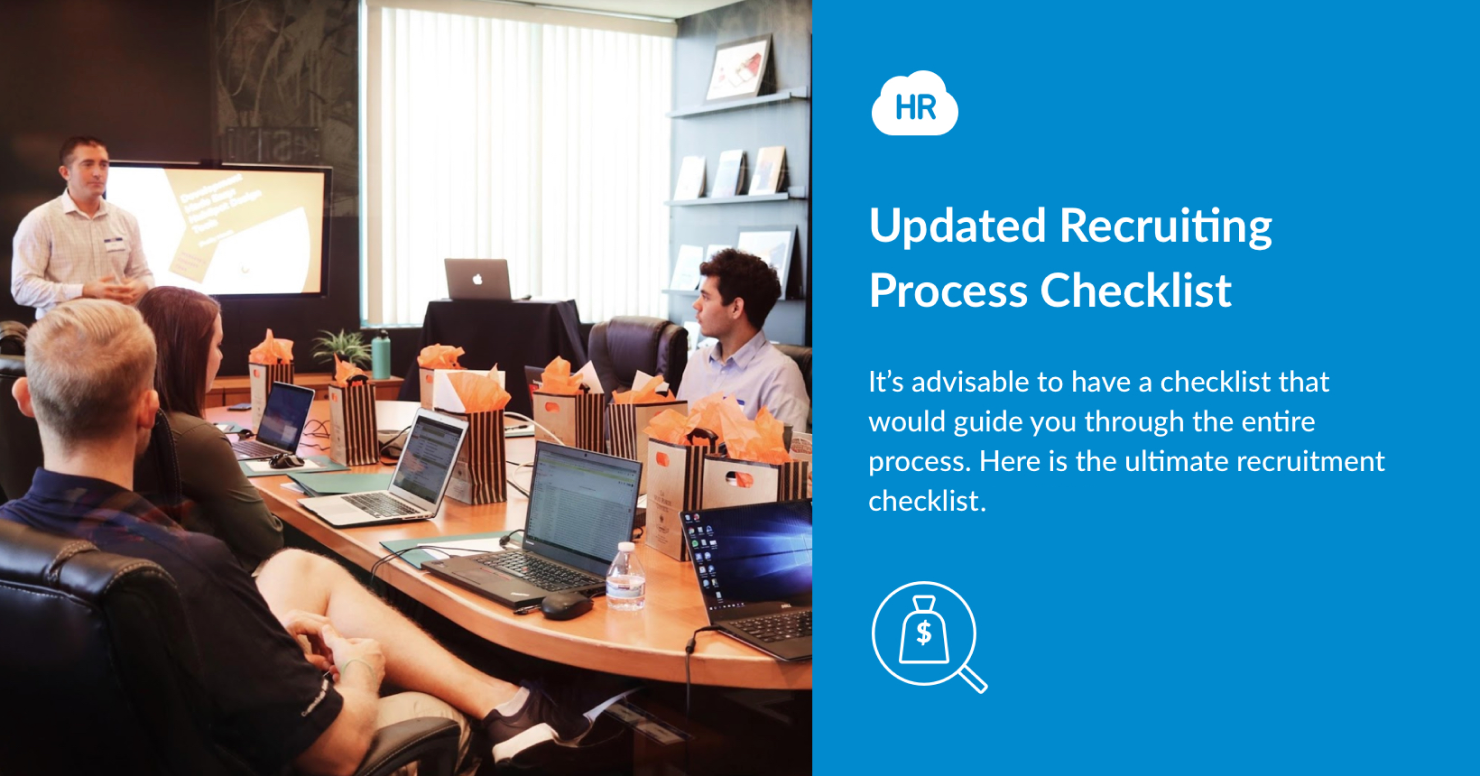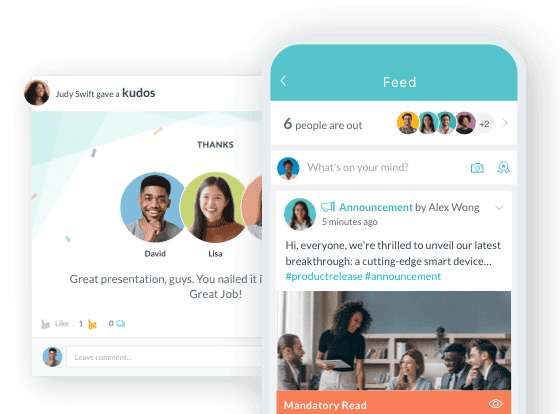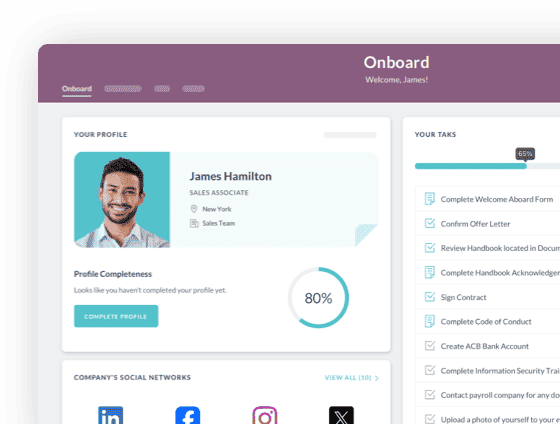
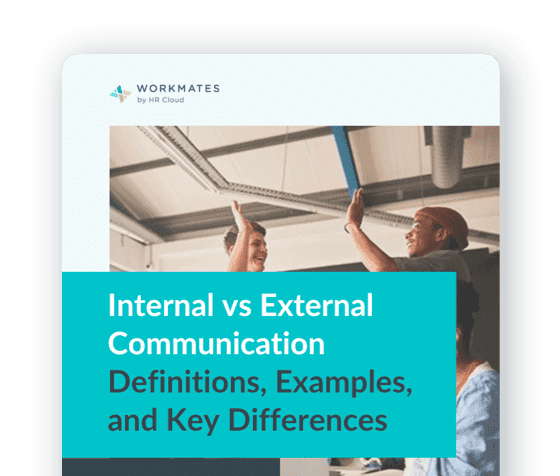
 Cut onboarding time
by 60%—here's the
Ultimate Checklist
that helped do it.
Cut onboarding time
by 60%—here's the
Ultimate Checklist
that helped do it.
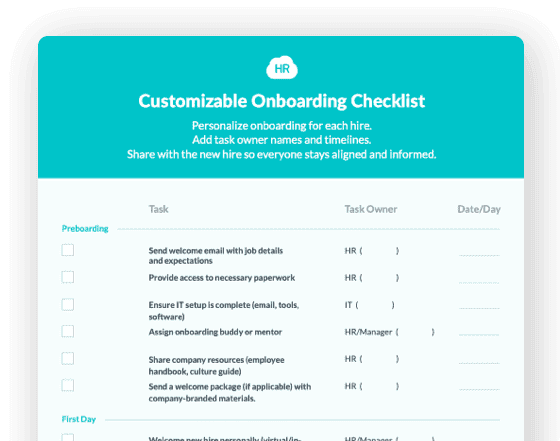
Let's admit it: finding the right employee for your company's careers isn't exactly the easiest thing to do. Sometimes, it can feel like trying to find a chameleon in the dark. It takes a huge amount of effort and time to find the right candidate for any role. Now, the right employee isn't just someone whose educational background and skills fit the job role. He/she also has to fit into the company culture and code of conduct, which is crucial for employee engagement and retention.
If you’ve ever had to conduct a recruitment process before, you'd definitely understand how the Prince in Disney's Cinderella felt when he had to search for the girl he danced with the night before.
To ensure that you hire only the best candidate for the role in your organization and create a smooth onboarding process, it's advisable to have a checklist that would guide you through the entire journey. Here is the ultimate recruitment and onboarding checklist to help you master the art of talent management and understand what onboarding means for your organization.
Identify the Need for a New Recruit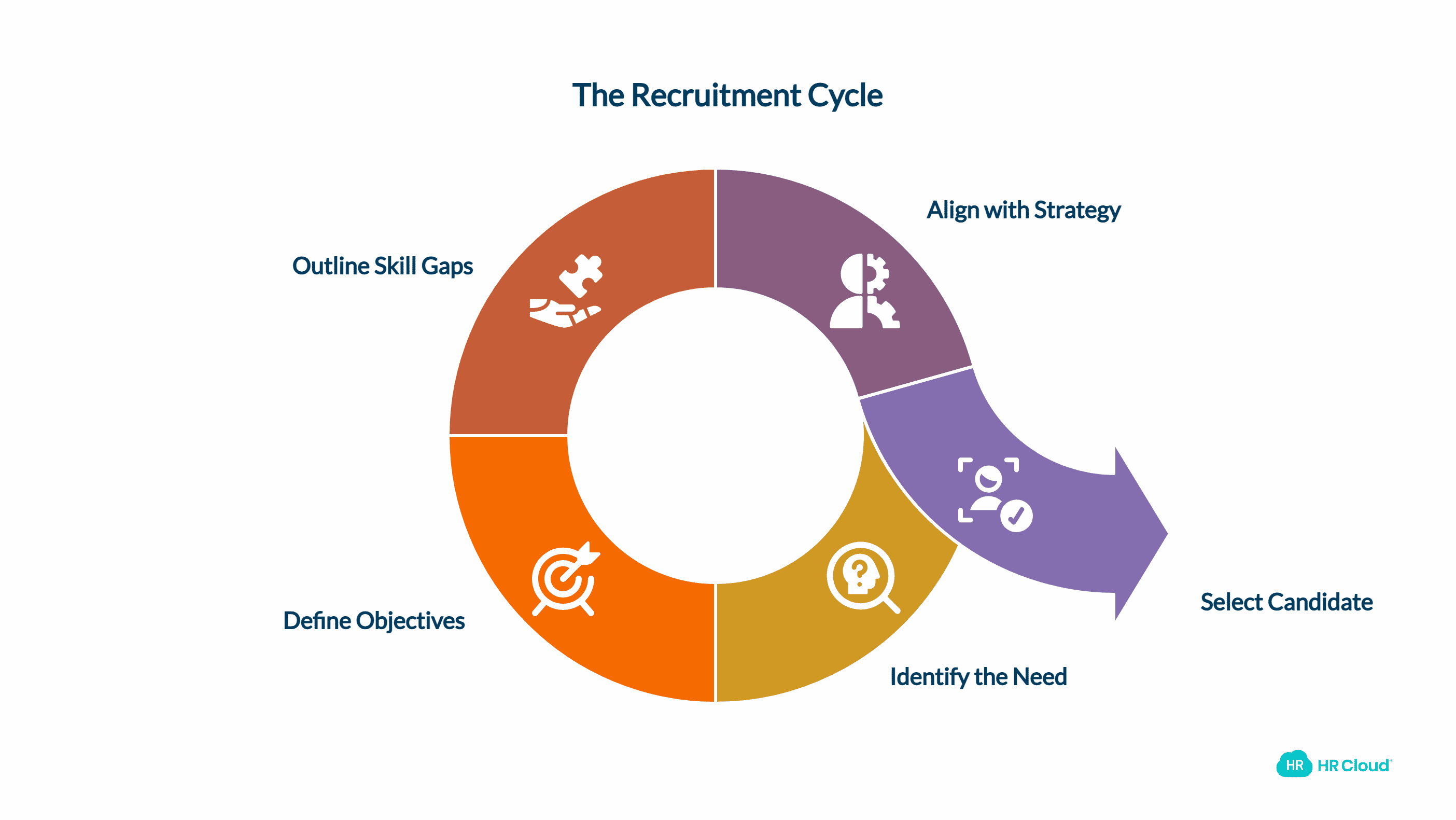
Just before you hop right into the hiring process, it's important to map out what you're looking for in clear terms. Why do you need a new employee? What void will they be filling? Make sure your objectives are clear. In the same vein, you will need to outline any gaps or missing skills that the new recruit needs to fill. This way, it would be easier for the hiring manager to determine which candidate is a good fit for the role and aligns with your overall hiring strategy. Understanding that recruitment is the foundation of building a strong team is crucial for success.
Create a Job Description
This is one of the most important steps in the recruiting process. In today's world, candidates tend to choose which jobs to apply for based on the contents of the job description. As such, it is important to make the job description as clear and compelling as possible to enhance the candidate experience. The criteria for selection must be stated boldly. You should also include other relevant information in the description, such as employee benefits. For instance, if the job opening is for an essay writing service that requires candidates to work from home, this requirement should be stated in the job description.
Also, determine the appropriate salary range for the position and include this in the job description. This way, candidates will understand what exactly they are getting into and it contributes to a transparent recruitment process.
 Post Jobs, Evaluate Candidates, and Hire the Best with Our Applicant Tracking System
Post Jobs, Evaluate Candidates, and Hire the Best with Our Applicant Tracking System
Post the Job Description on All Relevant Platforms
Now that you've created the job description, what's next? Well, the next step is to post the job postings on all relevant platforms. You may decide to try out social media platforms such as Facebook, Twitter, and Instagram. If you're looking to get the job posting across to as many people as possible, LinkedIn is a great place to start. Here, you would find a wide range of potential candidates who have the right qualifications and skills.
You could also try using sponsored ads to increase your reach and get across to more candidates. This approach can be particularly effective if you have a specific recruitment budget in mind.
Select Candidates
Once you have sent out the job opening, you'd most likely get an influx of applications. Now, this is where it gets hectic. Sift through the applications you have and start shortlisting candidates whose qualifications and skills fit the criteria. The process of shortlisting candidates is crucial as it helps narrow down your options to the most promising applicants. Try not to lower your standards unless it is absolutely necessary, as this could impact your employee turnover rates in the long run.
Plan and Conduct Interview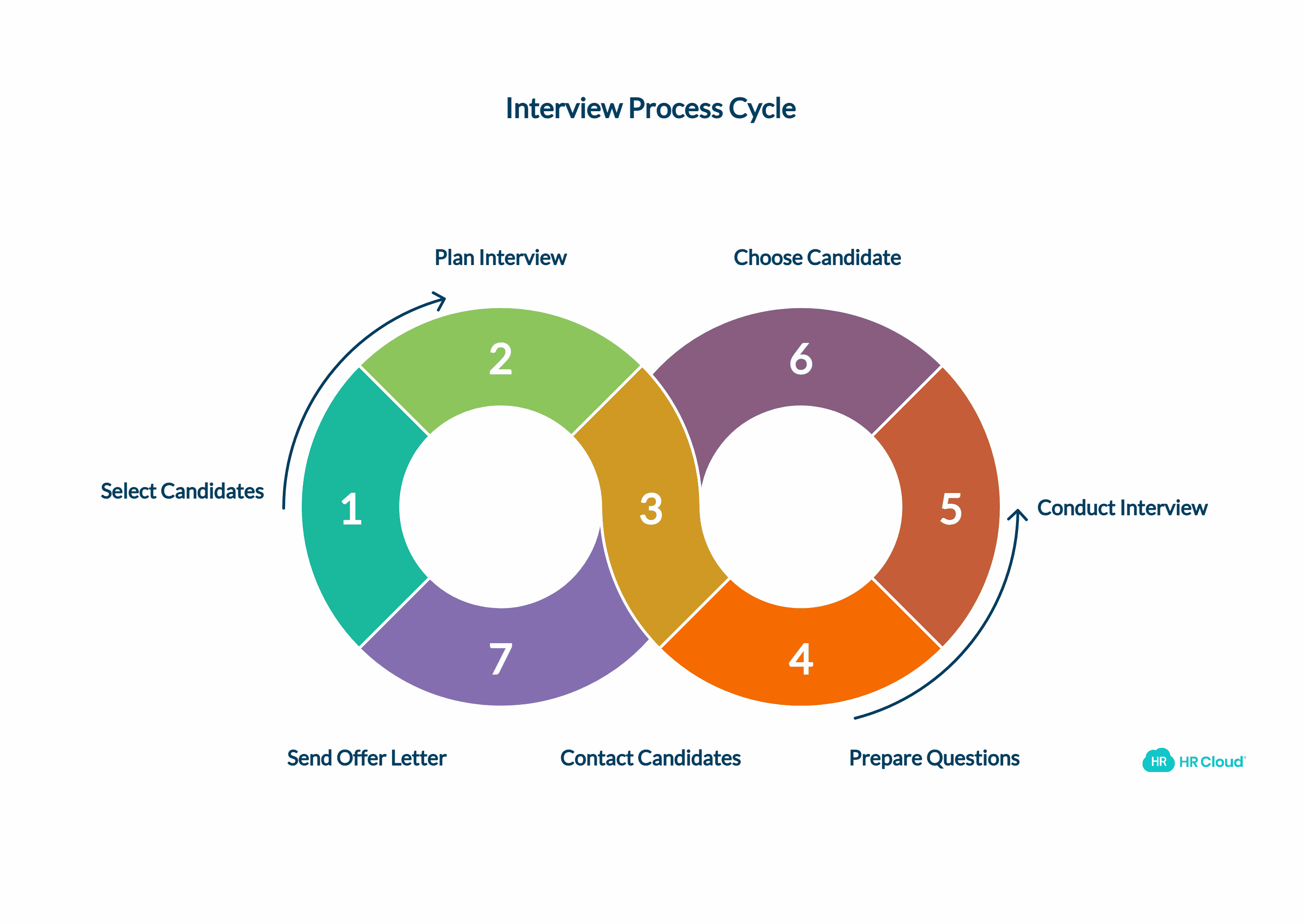
After selecting your preferred candidates, you will need to start planning for an interview. Create a schedule and space for the interview. You could use an empty office or conference room for the interview. Once this is done, start contacting the shortlisted candidates to see if they would be available for the interview. Prepare a list of relevant interview questions that will help you assess not only their skills but also their potential fit with your company culture.
The interview will help you realize which candidate is fit for the role. After choosing your preferred candidate, send out an offer letter to him/her immediately.
Reach Out to Candidates Who Were Not Selected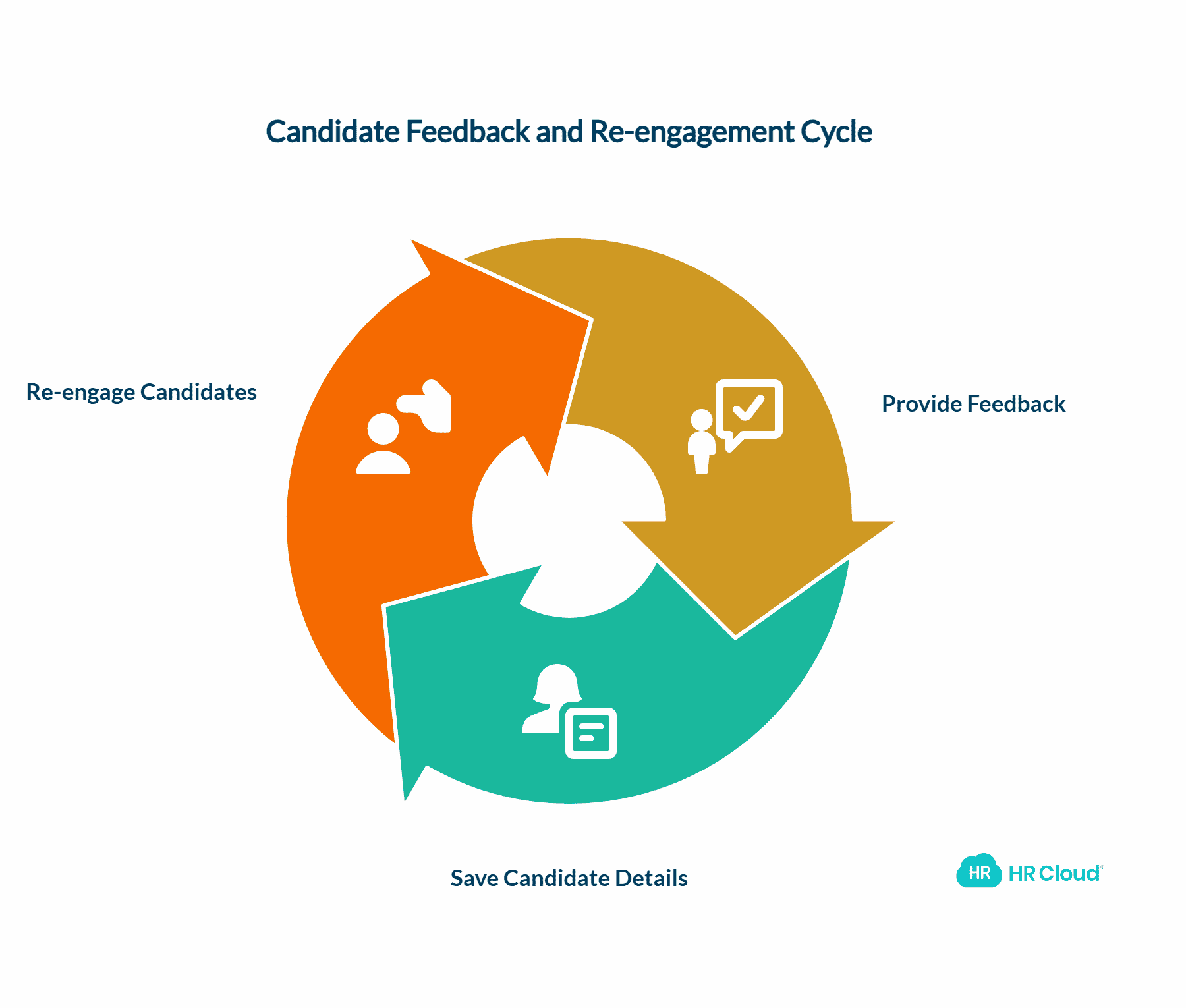
A lot of recruitment officers often skip this step. However, it is an important step that speaks highly of your company's ethics and contributes to a positive candidate experience. Contact the candidates who weren't chosen for the role and give them feedback. If you came across any candidate who had impressive qualifications but just wasn't right for the role, you could save their details on your system using any reliable HR software or onboarding software. This way, if a more suitable role opens up, you can contact them, potentially shortening your future hiring timeline.
Onboard New Employee
Now that you are done with the hiring process, it's time to move on to the onboarding process.
Understanding what onboarding means and its importance is crucial for employee satisfaction and long-term success. The process of onboarding an employee involves introducing them to the rest of the team and helping them feel comfortable. Next, show them around the office space and teach them everything they need to know about their new role.
Here's a brief employee onboarding checklist to ensure you cover all bases when onboarding new employees:
1. Prepare new hire paperwork and an employee handbook
-
2. Set up their workstation and necessary accounts
3. Schedule a new employee orientation
4. Assign a mentor or buddy
5. Plan their first week's schedule
6. Set up initial meetings with key team members
7. Provide an overview of your onboarding program and timeline
It is important that you make your new recruit as comfortable as possible during the onboarding lifecycle. Let them know that they can always reach out to you if they have any questions. Consider implementing an employee onboarding workflow to streamline the process and ensure consistency. You might also want to create an onboarding template to standardize the experience for all new hires.
Remember, the employee onboarding process doesn't end after the first week. Extend your onboarding programs over several months to ensure full integration into the team and maximize employee engagement. Use onboarding metrics to measure the effectiveness of your program and calculate your onboarding ROI. Consider implementing onboarding automation to improve efficiency and consistency in your onboarding experience.
Voila! You have successfully completed the recruiting and onboarding process. By following this checklist and focusing on both recruitment and onboarding, you're setting the stage for improved employee retention and overall success in your organization's careers. The onboarding timeline may vary depending on the role and company, but typically lasts anywhere from a few weeks to several months until the new employee is fully integrated and the onboarding is complete.
FAQ's
1. What are the key steps in the recruitment process?
2. How do you write an effective job description for recruitment?
3. What should be included in an employee onboarding checklist?
4. How can onboarding be automated to improve efficiency?
5. What is the best way to evaluate candidates during an interview?
 Discover how our HR solutions streamline onboarding, boost employee engagement, and simplify HR management
Discover how our HR solutions streamline onboarding, boost employee engagement, and simplify HR management
Author’s Bio:
Amanda Dudley is a seasoned writer and lecturer with a Ph.D. in History from Stanford University. With a clear passion for teaching and helping students achieve their goals, she has spent over a decade lecturing and guiding students from different walks of life. Amanda currently offers flawless essay writing services at EssayUSA. With an understanding of how difficult essay writing can be, she aims to deliver well-written papers even before set deadlines.
Keep Reading
Best Workday Alternatives for Mid-Market Companies in 2026: Complete HRIS Comparison Guide
"We implemented Workday and our HR team still can't figure out half the features six
Applicant Tracking System (ATS): Complete Buyer's Guide 2026 — How to Choose, Compare & Implement the Right ATS
The enterprise ATS market reached $2.9 billion in 2024, yet 60% of companies are still
Specialized Onboarding Software for Healthcare to Reduce Admin Work and Scale Hiring Fast
Imagine this: a women’s health clinic hires two new nurses, only to lose both within
Like What You Hear?
We'd love to chat with you more about how HR Cloud® can support your business's HR needs. Book Your Free Demo

Build a Culture of Recognition. Boost Engagement. Guaranteed.
Workmates empowers employees to stay informed, connected, and appreciated—whether they’re on the front line, in the office, or remote. Recognition drives 12x higher engagement.Trusted by industry leaders in every sector




Cut Onboarding Costs by 60%.
Take the confusion and follow-ups out of onboarding with automated workflows, digital forms, and structured portals—so new hires ramp faster 3X quicker.Trusted by industry leaders in every sector




